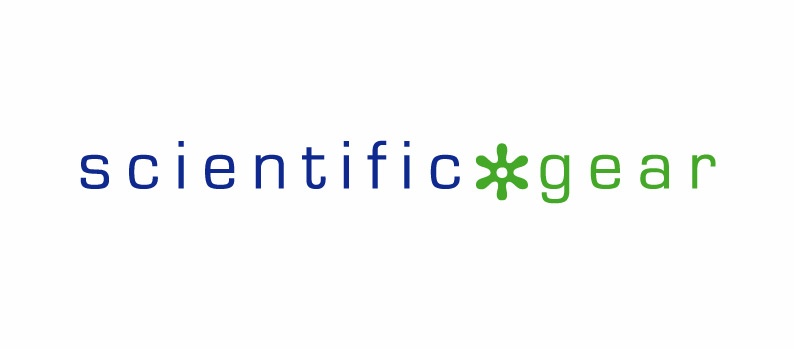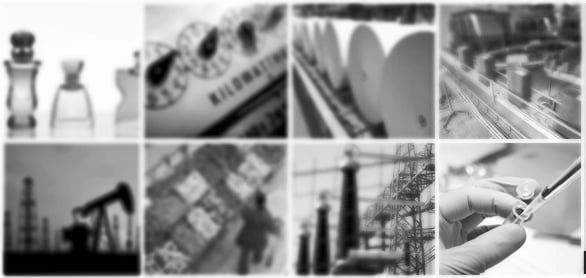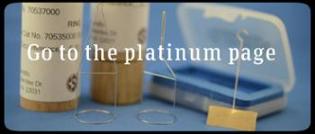There are many ASTM methods companies follow. Here are a few of the more popular ASTM methods relating to surface and interfacial tension:
- ASTM D971; Interfacial tension of oil against water: This standard is used to evaluate hydrocarbon fluids and possible contamination levels. Evaluating hydrocarbon fluid contamination levels is important in numerous industries including transformer oil testing and most Fuels. Our heavy use of petroleum products and the effects of hydrocarbon fluid contamination makes for an almost limitless list of applications that require testing.
- ASTM D1331; Solutions of surface-active agents: This standard applies to detergents and soaps but also includes emulsifiers and surfactants. The test method determines the surface tension of popular substances including diswasher detergents and laundrey soap mixtures in water.
This method applies to both aqueous and non-aqueous solutions
- ASTM D1590; Surface tension of industrial water and Industrial waste water
The popularity of these ASTM methods require users to perform many of these tests day-to-day and in the process find themselves in situations where they either need to have their tensiometer ring repaired or replaced. These platinum wire accessories while possessing a very high and durable melt-point can be damaged easily due to mishandling. Damaged tensiometer rings can effect results so examine the rings routinely and handle with care at all times.
If you do find yourself in a situation where you need a quick repair for your Du Nouy Ring or need to find a replacement let us know.











